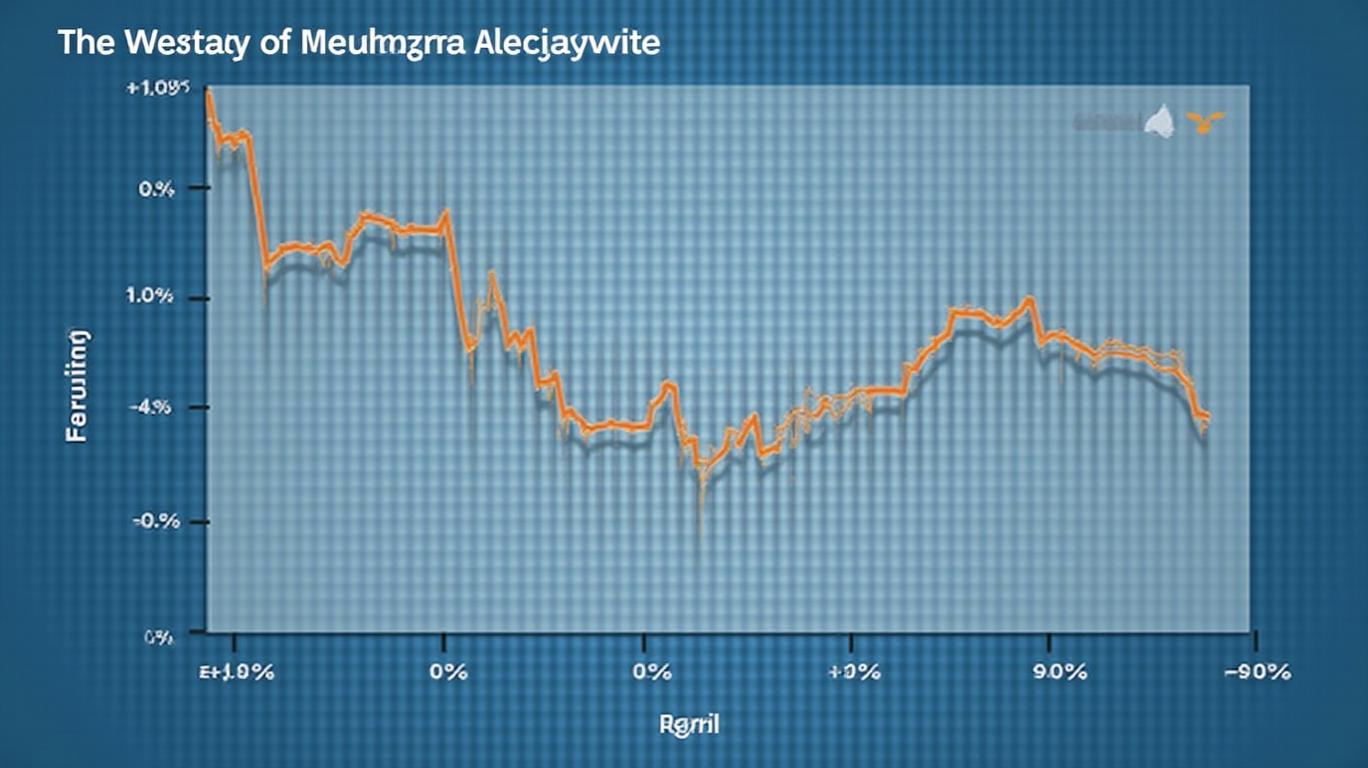Australian Business Activity Slows, Yet New Orders Surge to Three-Year High: Navigating Growth Amid Global Headwinds
The Australian economy faced a modest deceleration in business activity in April 2025, as measured by the Flash Composite PMI, which dipped to 51.4 from March’s 51.6. Despite this slowdown, new orders surged to their fastest pace since April 2022, signaling a critical divergence between near-term growth momentum and lingering external risks. This article explores the nuances of the data, sector-specific dynamics, and implications for investors.

The PMI Picture: Slowing Growth, But Demand Is Alive
The Composite PMI Output Index remained above the 50 threshold for the seventh consecutive month, indicating expansion. However, both the Services PMI (51.4) and Manufacturing PMI (51.7) edged lower, marking two-month lows. The star of the report was the new orders component, which expanded at its strongest rate in nearly three years. This surge in demand led to the sharpest buildup of backlogs since mid-2022, driven by domestic stockpiling and project-related activity.
Employment growth also held firm, with hiring in manufacturing and services sectors rising at the fastest pace in nearly two years. This suggests labor market resilience, even as businesses grapple with soaring input costs—up 40% year-on-year due to rising material, energy, and wage expenses. A weakening Australian dollar exacerbated these pressures, prompting manufacturers to raise selling prices at the fastest clip in over two years.
NAB Data: Conditions Weaken, But Forward Orders Signal Hope
The National Australia Bank (NAB) reported a sharper decline in business conditions, with its index falling 4 points to 5 in April. Confidence also dipped, though the forward orders index provided a silver lining, climbing 7 points to -11 (from -18 in March). This improvement, alongside a 26-point surge in export sales to -4, suggests pent-up demand is finally materializing.
Notably, the NAB forecasts two Reserve Bank of Australia (RBA) rate hikes in 2025—earlier than previously expected—with the first potentially in June. This underscores the central bank’s balancing act between curbing inflation and supporting growth.
Sectoral Contrasts: Automotive Struggles vs. Services Resilience
While the manufacturing sector’s new orders surged, its sub-components revealed uneven dynamics. The Australian automotive industry, as detailed in Pitcher Partners’ Q1 2025 analysis, faced a “tough quarter” marked by inventory overhangs, declining battery electric vehicle (BEV) sales, and rising interest rates. However, plug-in hybrid electric vehicles (PHEVs) defied the gloom, sustaining demand even after the FBT exemption ended on April 1.
The services sector, meanwhile, remained a pillar of stability. Its PMI dipped slightly but stayed comfortably in expansion territory, buoyed by strong domestic demand and steady employment.
Investment Implications: Opportunities and Risks
- Consumer Discretionary Plays: The new orders surge and employment growth point to sustained consumer spending. Retail and services stocks, such as Wesfarmers (WES.AX) or AMP Limited (AMP.AX), may benefit from this tailwind.
- Global Trade Risks: Manufacturing’s reliance on exports remains a vulnerability. Investors should favor companies insulated from tariff disputes, such as domestic-focused industrials like James Hardie (JHX.AX).
- Inflation Pass-Through: Companies able to offset rising costs via price hikes, like materials giants BHP Group (BHP.AX) or South32 (S32.AX), could outperform.
- Caution on Automotive: The sector’s inventory issues and BEV demand slump warrant caution. Investors might avoid pure-play auto stocks until structural challenges abate.
Conclusion: A Cautionary Optimism
Australia’s economy is navigating a delicate balance between robust domestic demand and global headwinds. The three-year high in new orders—bolstered by project activity and restocking—suggests underlying economic health, while persistent inflation and trade risks temper optimism.
Crucially, the NAB’s prediction of RBA rate hikes and the PMI’s inflation data highlight a need for investors to prioritize sectors with pricing power and domestic demand exposure. With the Composite PMI still in expansion mode and employment steady, the Australian economy remains resilient. However, the path ahead hinges on resolving trade disputes and managing input cost pressures.
For now, the data paints a picture of an economy capable of growth, but one that requires strategic focus on sectors poised to capitalize on domestic momentum while shielding against external turbulence.
In this environment, investors who blend exposure to services resilience, materials inflation hedges, and defensive industrials stand best positioned to navigate Australia’s evolving economic landscape.









